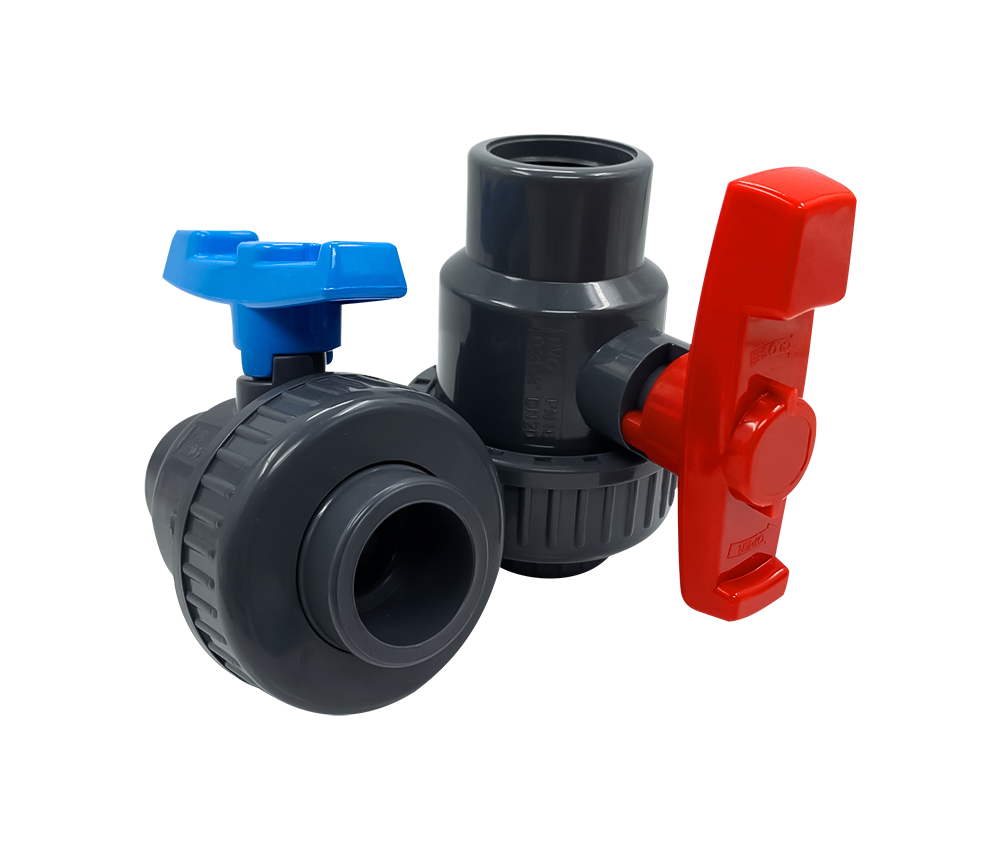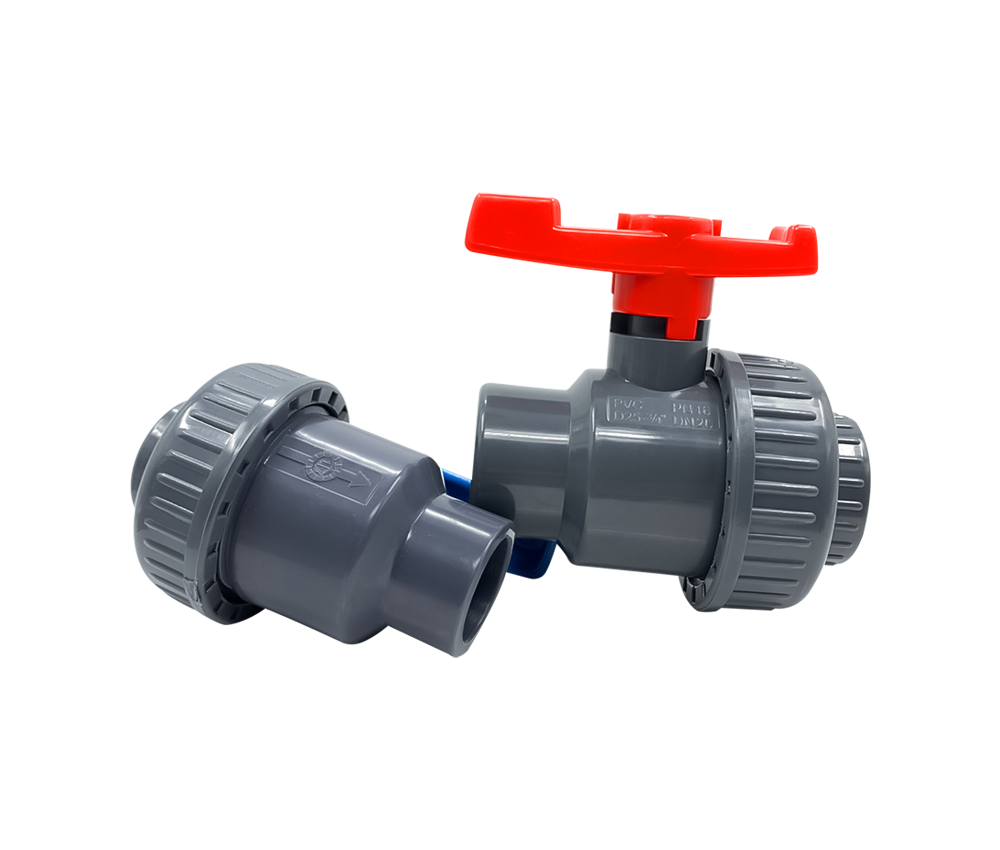The definition of "valve" is a device used to control the direction, pressure, and flow of fluid in a fluid system. A valve is a device that allows the medium (liquid, gas, powder) in the piping and equipment to flow or stop, and can control its flow.
1. Classification by function and purpose
(1) Cut-off valve: The cut-off valve is also called a closed-circuit valve, whose function is to connect or cut off the medium in the pipeline. Block valves include gate valves, globe valves, plug valves, ball valves, butterfly valves and diaphragms.
(2) Check valve: Check valve is also called check valve or check valve, its function is to prevent the medium in the pipeline from flowing back. The bottom valve of the pump to close the water is also a check valve.
(3) Safety valve: The function of safety valve is to prevent the medium pressure in the pipeline or device from exceeding the specified value, so as to achieve the purpose of safety protection.
(4) Regulating valves: Regulating valves include regulating valves, throttle valves and pressure reducing valves, whose function is to regulate the pressure, flow and other parameters of the medium.
(5) Diversion valve: Diversion valves include various distribution valves and traps, etc., whose function is to distribute, separate or mix the medium in the pipeline.
(6) Exhaust valve: Exhaust valve is an indispensable auxiliary component in the pipeline system, which is widely used in boilers, air conditioners, oil and gas, and water supply and drainage pipelines. It is often installed at high points or elbows to remove excess gas in the pipeline, improve the efficiency of pipeline use and reduce energy consumption.

2. Classified by nominal pressure
(1) Vacuum valve: refers to a valve whose working pressure is lower than the standard atmospheric pressure.
(2) Low-pressure valve: refers to the valve with a nominal pressure PN ≤ 1.6Mpa.
(3) Medium pressure valve: refers to valves with nominal pressure PN of 2.5, 4.0, 6.4Mpa.
(4) High-pressure valve: refers to the valve whose working pressure PN is 10~80Mpa.
(5) Ultra-high pressure valve: refers to the valve with nominal pressure PN≥100Mpa.
3. Classified by working temperature
(1) Ultra-low temperature valve: a valve used for medium working temperature t<-100℃.
(2) Cryogenic valve: used for valves with medium working temperature -100℃≤t≤-40℃.
(3) Normal temperature valve: used for valves with medium working temperature -40℃≤t≤120℃.
(4) Medium temperature valve: used for medium working temperature 120℃
(5) High temperature valve: used for valves with medium working temperature t>450℃.
4. Classified by driving mode
(1) An automatic valve refers to a valve that does not require external drive, but relies on the energy of the medium to make the valve actuate. Such as safety valves, pressure reducing valves, traps, check valves, automatic control valves, etc.
(2) Power driven valve: Power driven valve can be driven by various power sources.
Electric valve: A valve driven by electricity.
Pneumatic valve: A valve driven by compressed air.
Hydraulic valve: A valve driven by the pressure of liquid such as oil.
In addition, there are combinations of the above several driving methods, such as pneumatic-electric valves.
(3) Manual valve: Manual valve uses hand wheel, handle, lever and sprocket to control the valve action by manpower. When the valve opening and closing torque is large, this wheel or worm gear reducer can be set between the handwheel and the valve stem. If necessary, the universal joint and drive shaft can also be used for remote operation.


5. Classification by nominal diameter
(1) Small diameter valve: Valve with nominal diameter DN≤40mm.
(2) Middle diameter valve: the valve whose nominal diameter DN is 50~300mm.
(3) Large diameter valves: valves whose nominal valve DN is 350~1200mm.
(4) Extra-large diameter valve: Valve with nominal diameter DN≥1400mm.
6. Classification by structural characteristics
(1) Shut-off valve: the opening and closing parts (disc) are driven by the valve stem to move up and down along the center line of the valve seat;
(2) Plug valve: the opening and closing part (gate valve) is driven by the valve stem to move up and down along the center line perpendicular to the valve seat;
(3) Plug valve: the opening and closing part (cone plug or ball) rotates around its own centerline;
(4) Swing valve: the opening and closing part (valve) rotates around the axis outside the seat;
(5) Butterfly valve: opening and closing parts (disc) rotate around the fixed axis in the valve seat;
(6) Slide valve: The opening and closing parts slide in the direction perpendicular to the channel.
7. Classified by connection method
(1) Threaded connection valve: The valve body has internal or external thread and is connected with pipe thread.
(2) Flange connection valve: The valve body has a flange and is connected to the pipeline flange.
(3) Welded connection valve: The valve body has a welding groove, which is welded to the pipeline.
(4) Clamp-connected valve: The valve body has a clamp, which is connected with the pipe clamp.
(5) Ferrule connection valve: the ferrule is connected to the pipeline.
(6) Wafer connection valve: a connection form that directly clamps the valve and the two pipes together with bolts.
8. Classified by valve body material
(1) Metal material valve: its valve body and other parts are made of metal material. Such as cast iron valve, carbon steel valve, alloy steel valve, copper alloy valve, aluminum alloy valve, lead alloy valve, titanium alloy valve, Monel alloy valve, etc.
(2) Non-metal material valve: its valve body and other parts are made of non-metal material. Such as plastic valve, ceramic valve, enamel valve, glass steel valve and so on.
(3) Metal valve body lining valve: The valve body is made of metal, and the main surfaces in contact with the medium are lined, such as rubber-lined valves, plastic-lined valves, and ceramic-lined valves.